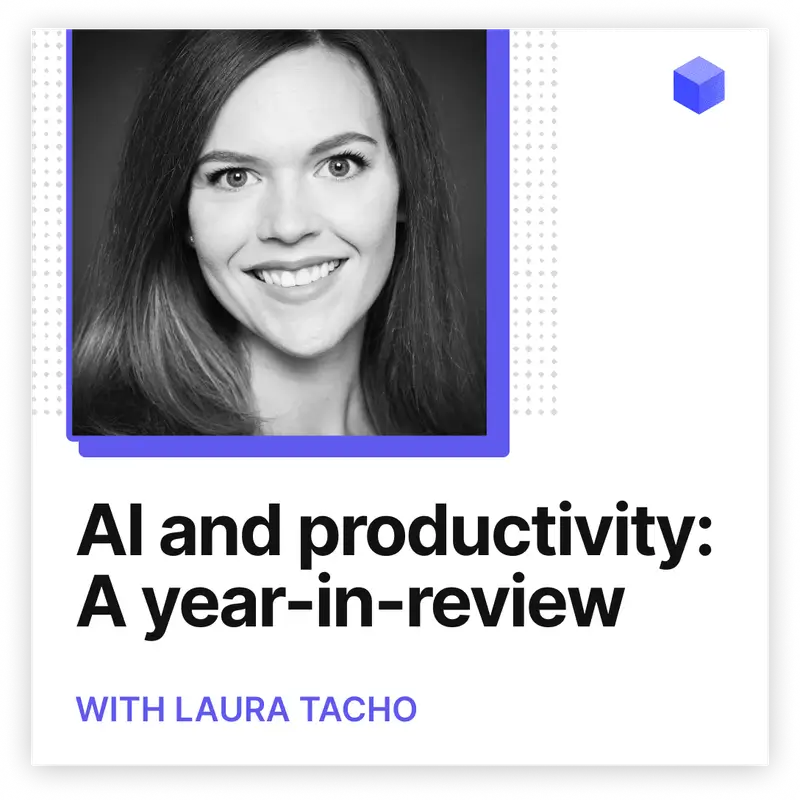Post details
How to go from starting things to finishing things.
This content type is full of IndieWeb post types, which are all content types which allow me to take greater ownership of my own data. These are likely unrelated to my blog posts. You can find a better breakdown by actual post kind below:
How to go from starting things to finishing things.
Imagine living in the grid owned by Elon musk
Between and I took 6613 steps.
Real men eat balls? 🤨
This author has chosen to make their posts visible only to people who are signed in.
This author has chosen to make their posts visible only to people who are signed in.
How we learned to stop worrying and love writeable root filesystems.
New from Fly.io today: Sprites.dev. Here’s their blog post and YouTube demo. It’s an interesting new product that’s quite difficult to explain—Fly call it “Stateful sandbox environments with checkpoint & …
Between and I took 2800 steps.
The key thought is that for upcoming events, it really helps if there's a calendar feed. You can subscribe and see events in your local calendar app. I started looking around the #hugo community, and people have built out ways of doing that: https://www.jvt.me/posts/2019/05/22/ical-events-hugo/
Between and I took 4416 steps.
Josh chats with Xe Iaso, the creator of Anubis the web AI firewall. We discuss how Anubis is tackling bots and scrapers. The discussion around the scrapers is fascinating and challenging, these things are everywhere and don't behave very nicely. There's also discussion about running a successful open source project. Xe has a lot of experience to share with us, you're going to learn something new with this one. The show notes and blog post for this episode can be found at

We're joined by Sid Sijbrandij, founder of GitLab who led the all-in-one coding platform all the way to IPO. In late 2022, Sid discovered that he had bone cancer. That started a journey he's been on ever since... a journey that he shares with us in great detail. Along the way, Sid continued founding companies including...
Top HN comment on my post “How Dependabot Actually Works”: “I consider reflecting on how dependabot works a bit of a waste.” 😂
Looking into the https://forgefed.org spec this evening and there’s nothing about packages or dependencies yet. Imagine if repositories and forges could announce to the maintainers of packages that they just started using their package, and then be able to subscribe to maintainers announcements of new releases, security advisories and calls for help. They don’t even do that in centralised forges very well at the moment!
Between and I took 6072 steps.
Interesting read. Thanks for sharing @renovatebot.com 👍 [contains quote post or other embedded content]
As you can tell from our faces, open source is very serious and Kubernetes is the most serious project of them all. [contains quote post or other embedded content]
imagine telling yourself on january 6, 2021 that five years from now things would be so much worse
Kubernetes WIG Docs first meeting of 2026!!! cc: The Right Honorable @natali.rip

i bought the domain ohhh.lol a while back just because and the other night i noticed it gets like 100-150 unique hits a day from people typing it in their posts and group chats where it tries to load the url preview. so i hope this annoys some people while they're trying to get their mack on

not to go all identity politics but I think it’s also because the victims are women [contains quote post or other embedded content]
i love the beginning of the year because everyone starts blogging. and if you (yes you) were thinking about starting, this is your sign
Between and I took 3348 steps.
In Go, go.mod acts as both manifest and lockfile. There is never a reason to look at go.sum.

The first year in review post since 2019. Happy new year!
As AI adoption accelerates across the software industry, engineering leaders are increasingly focused on a harder question: how to understand whether these tools are actually improving developer experience and organizational outcomes.In this year-end episode of the Engineering Enablement podcast,...

This week on #OpenSourceSecurity I chat with Jamie Tanna about updating open source dependencies. It's usually not as simple as "just update" and Jamie has a ton of real world experience in this working on Renovate https://opensourcesecurity.io/2025/2025-12-renovate-jamie/
I think you've created a brat
This post requires authentication to view.
This post requires authentication to view.
Between and I took 10998 steps.
And they *like* it, because fundamentally Linux users are into pain
I think a big chunk of the "linux is hard" sentiment stems from the fact that most linux users do weird things with their computers. basically this:

[contains quote post or other embedded content]

Bryan and Adam reflect on Oxide and Friends in 2025--favorite moments, episodes, and images. Happy new year and see you in 2026!Your hosts are Bryan Cantrill and Adam Leventhal.Some of the topics we hit on, in the order that we hit them:RFD 576: Using LLMs at Oxide (hacker news comments)OxF:...

My last "year in review" post I wrote was in 2019. I have been considering writing one for 2025 but as a "glass half-empty" person it is so hard.
I wonder if [the DependencyReportTask task] (https://www.jvt.me/posts/2020/07/27/gradle-list-all-dependencies/) might be something you can use? I've not tested it, but it might need to pull the dependencies to then list them?
Attached: 1 image There are less CVEs so far in 2026 than there were in 2023-2025 The logical conclusion is we solved security after all these years!!!

Attached: 1 image As if there weren’t already enough ethical considerations to using ChatGPT. 🤦🏾♂️ https://finance.yahoo.com/news/openai-exec-becomes-top-trump-230342268.html

The year AI SRE arrived. 1,152 PRs, a team that grew from 3 to 18, and the hardest I've ever worked. From betting on tooling in January to shipping a product that makes customers say "how did you figure that out?" by December.

This post requires authentication to view.
The power button is obviously the clit (all computers are girls)